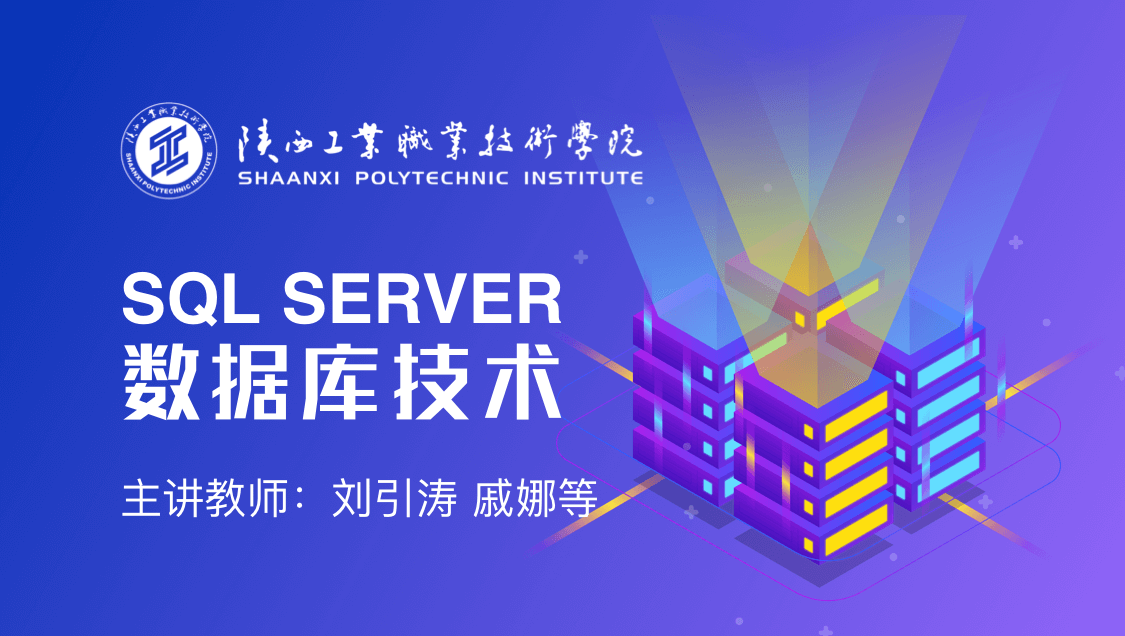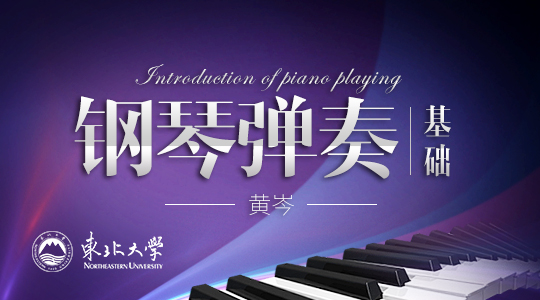
当前课程知识点:Production Engineering > Chapter 6 Sucker Rod Pumping(I) > 6.4 Polished Rod Load > 6.4.1 Static Load
返回《Production Engineering》慕课在线视频课程列表
返回《Production Engineering》慕课在线视频列表
同学们好
从本节开始我们学习悬点的载荷计算
首先本节我们介绍静载荷
所谓的静载荷指的就是
在抽油机的运动过程中
不受运动状态一直存在的载荷
我们称为静载荷
在整个的抽油系统当中
上下冲程的运动
在悬点一直受到的载荷
有哪些呢
首先我们知道
抽油杆柱一直连接在悬点上
上下运动
悬点一直受到杆柱的重力作用
其次油管内泵以上的液柱
对于悬点
有没有载荷的作用
这要取决于柱塞是否受到柱塞以上的
液柱的压力
柱塞是否受到压力取决于
柱塞上游动阀的开启状态
游动阀如果开启的状态之下
整个的液柱压力应该是作用在了
泵筒的下端
只有游动阀在关闭的状态下
柱塞以上的液柱压力才会作用在柱塞上
通过抽油杆作用在了悬点上
因此我们需要对上下冲程游动阀的
开启状态分别的进行分析
首先我们先看一下上冲程的静载荷
上冲程中
整个的抽油杆柱是连接在悬点上的
而悬点所受的抽油杆柱的重力
而这个时候我们需要强调的是
杆柱的重力是指杆柱在空气中的重力作用
同学们可能会问
这个时候杆柱不是浸没在
油管的液体当中的吗
为什么没有浮力的作用
在这里面
我们知道在上冲程的过程中
游动阀是处于关闭的状态
关闭的游动阀就意味着杆柱它的下端面
是跟柱塞紧密相连的
也就意味着杆柱的下端面
没有受到压力的作用
因次在上冲程中杆柱是在空气中的重力
作用在了悬点上
这一点希望大家要特别的注意
除了杆柱的重力之外
我们知道因为游动阀的关闭
使得柱塞以上的液柱压力
要作用在柱塞上面
这一部分的载荷我们称为
作用在柱塞上的液柱载荷
那么这个液柱载荷它的承压面积又是多少呢
我们知道
杆柱连接在柱塞上
这个时候的承压面积
应该是柱塞面积减掉杆柱的截面积
液柱载荷应该等于柱塞的截面积
减去杆柱的截面积
再乘以杆柱的长度
乘以液体的密度
再乘以重力加速度
这个就是作用在柱塞上的液柱载荷
那么刚才介绍的两个载荷在整个的
悬点载荷中份额是非常大的
除此之外
还有没有其他的载荷力的作用
我们来看一下这样的一个受力分析图
我们知道在油管的管口位置所处的压力
称为油压
这个油压应该通过
液柱的传递会作用在柱塞的截面积上
当然这个时候的受力面积应该是
要减掉杆柱的截面积
所以作用在柱塞上的井口油压
它产生的载荷应该是Pt油压乘以
一个环形的面积
还有一个
我们来看
对于泵腔之内来说
如果在上冲程的时候
固定阀是打开的
泵腔内部和环空之间是连通的
这个时候环空液柱所产生的沉没压力
会对在泵腔内柱塞的下端面
产生一个上顶力的作用
这个上顶力我们称为作用在柱塞上的
泵吸入压力
那么这个吸入压力是怎么算的
首先沉没压力乘以作用的面积
显然应该是柱塞下端面的全面积
那么吸入压力又等于什么呢
等于沉没压力
这段液柱产生的沉没压力
减掉过阀的阻力
也就是过固定阀孔的阻力
沉没压力又等于什么呢
沉没压力应该等于套压
作用在液面上的套压加上这段液柱
产生的压力
Hs就是我们说的沉没度
这一段的密度
等于什么
这个地方需要给大家强调的是
在正常生产的油井当中
如果有油水混合的话
那么经过一段时间的生产
在泵口以上这一部分产生的
应该是纯油柱
那么这段纯油柱产生的
沉没压力的密度
应该是油的密度
那么以上我们介绍了上冲程的静载荷
应该是杆柱载荷加上液柱载荷
再加上因为油压产生的载荷
减去一个上顶的载荷
也就是沉没压力产生的一个载荷
而这时如果考虑杆柱的浮力
应该是杆柱的干重减去它的浮力
得到一个杆柱浸没在液体中
承受浮力的时候的一个重量
同样
我们说实际的液柱载荷
它的作用面积应该是去除杆柱的截面积的
那么如果将液柱载荷认为是
作用在柱塞的全面积上
我们把它记为Wl’
我们可以看到上冲程的静载荷
也可以等于考虑浮力的杆柱载荷
加上作用在柱塞全面积上的液柱在荷
再加上油压
再减掉沉没压力的载荷
这两个载荷值是完全相同的
为什么要写成这样一种形式呢
是为了跟我们下面所介绍的
下冲程的静载荷相对比
我们来看一下下冲程的静载荷
下冲程的杆柱重力
应该是考虑浮力的杆柱重力
为什么这么说呢
是因为在下冲程的过程中
固定阀关闭
游动阀打开
游动阀的开启就意味着
杆柱的下端面露出
液柱压力作用在下端面上
使得杆柱受到浮力的作用
除此之外
还应该有作用在杆柱上的
井口油压
井口油压作用在杆柱上
跟上冲程的时候有什么不同呢
是因为杆柱浸没在液体中
井口的油压就会作用在杆柱的下端面上
这个压力应该是减小了悬点的载荷
值的大小应该是油压乘以杆柱的截面积
我们刚才讲的液柱载荷
在下冲程的时候有没有呢
我们来看
下冲程的时候
因为游动阀开启
柱塞以上的部分
跟泵腔是连通的
柱塞以上的液柱载荷会通过游动阀
作用在了泵筒的下端
而泵筒又连在哪了
泵筒是连接在油管上的
因此下冲程的时候
液柱载荷不是不存在
而是没有作用在柱塞上
而作用在了油管上
所以悬点载荷里面是不包含液柱载荷的
从以上的分析我们可以看出
上下冲程因为液柱载荷作用在柱塞上
和不作用在柱塞上
使悬点有一个
载荷上的非常大的差别
正是因为有这样的一个差别
使得抽油机整个的系统它的受力
是非常不均衡的
我们就要想办法去消除这样一个
不均衡的变化
以上
就是我们介绍的静载荷的主要内容
同学们
再见
-1.1 Main Tasks of Production Engineering
--1.1 Main Tasks of Production Engineering
-1.2 Flow in Production System
--1.2 Flow in Production System
-Problems
--Chapter 1 - Problems
-2.1 IPR Curve and Well Productivity
--2.1.1 Single-Phase Oil Inflow Performance Relationships
-2.2 Vogel's IPR and Applications
--2.2.2 Determination of IPR Curves Using Vogel's Equation
--2.2.3 Skin Factor and Flow Efficiency
--2.2.4 Extension of Vogel's Equation for Non-Complete Wells
--2.2.5 Combination Single-Phase Liquid and Two-Phase Flow
-Problems
--Chapter 2--Problems
-3.1 Two-Phase Flow in Wellbore
--3.1.1 Flow Regimes in Vertical Flow
-3.2 Two-Phase Vertical Flow Pressure Gradient Models
--3.2.1 Two-Phase Pressure Gradient Equations
--3.2.2 Predicting Gas-Liquid Flow Regimes Using the Okiszewski Correlation
--3.2.3 Pressure Gradient Calculation Using the Okiszewski Correlation
-3.3 Vertical Lift Performance
--3.3 Vertical Lift Performance
-Problems
--Chapter 3--Problems
-4.1 Nodal Analysis Approach
--4.1.2 Solution Node at Bottom of Well
--4.1.3 Solution Node at Wellhead
-4.2 Flow through Chokes
--4.2.2 Solution Node at Choke
-Problems
--Chapter 4--Problems
-5.1 Principles of Gas Lift
--5.1.2 Initial Kick-off of Gas Lift
-5.2 Gas Lift Valves and Gas Lift Completions
-5.3 Gas Lift Design
--5.3.1 Gas Lift Design for Specific Production Rate
--5.3.2 Gas Lift Design for Specific Injection Rate
--5.3.3 Kick-off Procedure with Unloading Valves
--5.3.4 Design Depths of Unloading Valves
-Problems
--Chapter 5--Problems
-6.1 Introduction of Surface and Downhole Equipment
-6.2 Operating Principle of Sucker Rod Pumps
-6.3 Pumping Unit Kinematics
--6.3.1 Motion of Polished Rod-Simple Harmonic Motion
--6.3.2 Motion of Polished Rod-Crank and Pitman Motion
-6.4 Polished Rod Load
--6.4.3 Peak Polished Rod Load and Minimum Polished Rod Load
-Problems
--Problems for chapter 6: Sucker Rod pumping I
-6.5 Calculation of Counterbalancing, Torque and Power
--6.5.1 Balance of Pumping Unit
--6.5.2 Counterbalancing Calculation
--6.5.3 Torque and Torque Factor
-6.6 Volumetric Efficiency of Pump
--6.6.2 Gas Effect on Pump Performance
--6.6.3 Measures of Enhancing Pump Volumetric Efficiency
-6.7 Design of Pumping System
--6.7.1 Strength Calculation and Design of Sucker Rod Strings
--6.7.2 Design Procedures of Pumping System
-6.8 Analysis of Sucker Rod Pumping Well Conditions
--6.8.1 Acoustic Surveys and Analysis of Annular Liquid Levels
--6.8.2 Introduction of Dynamometer Card
--6.8.3 Typical Dynamometer Cards
-Problems
--Problems: Chapter 6: Sucker Rod Pumping (II)
-7.1 Water Injection System
--7.1.1 Water Resources and Water Treatment
--7.1.2 Introduction of Water Injection System
-7.2 Injectivity Analysis
--7.2.1 Injectivity and Injectivity Index Curves
-7.3 Injection Tubing String
--7.3 Introduction of Injection Tubing Strings
-7.4 Analysis and Application of Injectivity Index Curves
--7.4.1 Analysis of Injectivity Index Curves
--7.4.2 Injection Choke Deployment
-Problems
--Chapter 7--Problems
-8.0 Introduction
-8.1 The Fracturing of Reservoir Rock
--8.1.1 Basic Rock Mechanics Parameters
--8.1.4 Fracture Initiation Conditions
-Problems
--Chapter 8(I)--Problems
-8.2 Fracturing Fluids
--8.2.2 Fluid-Loss Properties of Fracturing Fluids
--8.2.3 Rheological Properties of Fracturing Fluids
-8.3 Proppants
-8.4 Hydraulic Fracturing Design
--8.4.1 Productivity Index of Hydraulic Fracturing Wells
--8.4.2 Fracture Geometry Models
--8.4.3 Design Procedure for Hydraulic Fracturing
-Problems
--Chapter 8(II)--Problems
-9.0 Introduction
-9.1 Carbonate Acidizing
--9.1.1 Mechanism of Carbonate Acidizing
--9.1.2 Effect Factors of Reaction Rate
--9.1.4 Effective Distance of Live Acid
-9.2 Sandstone Acidizing
--9.2.1 Mechanism of Sandstone Acidizing
--9.2.2 Mud Acid Treatment Design
-9.3 Acidizing Treatment Technologies
--9.3.2 Acidizing Treatment Operations
-Problems
--Chapter 9--Problems
-Final Exam



